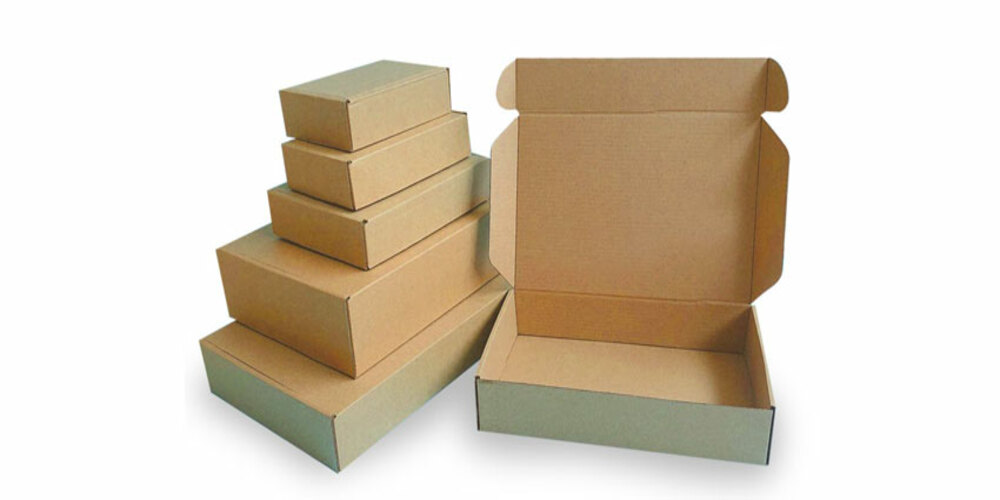The use of paperboard is fundamental to our business. The versatile paper stock may be fashioned into anything from plain cardboard food boxes to elaborate, three-dimensional sculptures that make the product inside seem even more special. Given its various possible applications, it should be no surprise that there are several varieties (or grades) of paperboard available, each with its advantages and disadvantages. To illustrate, I will list just four classes and the most common goods or applications that use them.
Bleached Solid Sulfate (SBS) Of Food Box
Brilliant white SBS of the food box has a clay-coated surface for superior printing quality and a top ply containing bleached virgin hardwood fibers for a silky feel. Virgin softwood that has been bleached, or a combination of softwood and hardwood, is used to make the other plies. SBS, a uniformly white sheet, is widely used in packaging perishable food boxes and high-end consumer goods. Among the many industries that often use SBS are:
- Cosmetics
- Soaked foods
- Frozen food
- Tobacco
- milk products
- Meats
- Bread and other pastries that spoil quickly
- Medicine and related products
Spray-On, Anti-Bacterial Kraft (Cuk)
The unbleached virgin kraft fiber used to make CUK gives it a natural brown hue, whereas SBS remains white throughout. The top ply of that kind of board grade is clay-coated to provide a smooth, white printing surface, while the rest of the board is made from several southern pines species (softwoods). These long, large pine fibers provide superior strength and tear resistance to the final sheet. The CUK grade is distinguished by its sturdiness. Beer and soft drink bottles, hardware, and powerful laundry detergents are just a few products that benefit from this material’s durability and versatility.
Recycled Paperboard With A Coating
This paperboard is constructed from 100% recycled fibers either during or after the papermaking or converting process or from post-consumer waste. It has a clay coating for better printability and typically has white fibers in the top ply. The following items may benefit from the use of this recycled board in their design:
- Soaps and detergents for washing laundry
- Pastries and other dry baked goods (crackers, cookies)
- Items made of paper (facial tissues, napkins)
- Wet foods (pasta)
- Hardware
- Baking powders
- Cereal
Stiff Chipboard
This thick paperboard grade frequently serves as the “body stock” for rigid or stiff boxes, and it is made from recycled newspaper and old corrugated paper. The chipboard construction of the boxes prevents them from collapsing or folding during transport. After the appropriate form has been cut from the chipboard, a paper wrap may be applied and customized with printing, foil stamping, and other finishes. Rigid boxes are widely used in the cosmetics, confections, electronics, and jewelry industries due to their robustness and attractive wrappings for delicate products. We urge you to look more into the many alternatives accessible to you as a paperboard packaging producer since the four grades, as mentioned earlier, barely scratch the surface.
Conclusion
Even while everyone worries about consuming tainted food, you may not realize that the packaging we use to carry our food significantly influences its overall safety. According to studies, corrugated materials provide various advantages regarding food safety and spoiling prevention while bringing fresh food.



